Serology Services
We offer biological fluid screening services to private clients who need to know if an item in their possession contains blood, semen, saliva, vaginal fluid, or menstrual fluid. The same serology testing services are also offered to law enforcement customers at our partner lab, Pure Gold Forensics, which is a fully accredited forensic serology and DNA testing laboratory. RF/ASL offers body fluid testing on vaginal fluid and menstrual fluid -two body fluid tests that are simply unavailable at the vast majority of forensic labs. We also collect DNA from crime scenes, police evidence sections, and splits from crime laboratories.
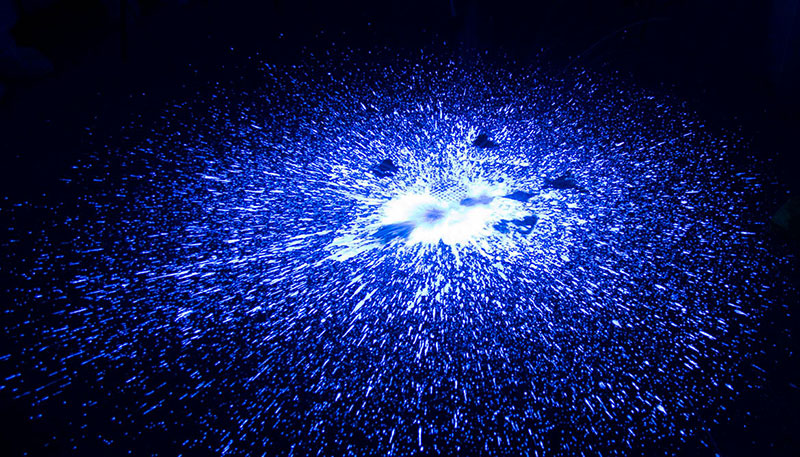
Serological services include the use of three different blood presumptive tests:
The Phenolphthalein (aka Kastle-Meyer) test as well as the OrthoTolidine test are both quick color change tests that are extremely sensitive and able to detect minute quantities of blood. These tests can be used on the scene or in the lab. Blood may be diluted up to 100,000-fold and still be detected with these sensitive tests.
BlueStar Forensic Latent Blood Reagent is also utilized in order to detect bloodstains not visible to the naked eye. This extremely sensitive test causes bloodstains – even those which have been attempted to be cleaned up by the perpetrator – to glow such that the stains can be photographed and then collected for additional testing.
However, since these tests are merely presumptive tests, a positive result does not identify human blood to the exclusion of all other substances. In order to confirm the presence of human blood our analysts can test the potential bloodstain with a confirmatory blood test.
The Seratec HemDirect test is utilized to confirm the presence of human blood through an immunological reaction with human hemoglobin. This test is quick, sensitive (blood diluted up to 1 to 1 million has been detected with the HemeDirect cards), easy to perform, and wastes little to no sample if DNA testing will also be needed.
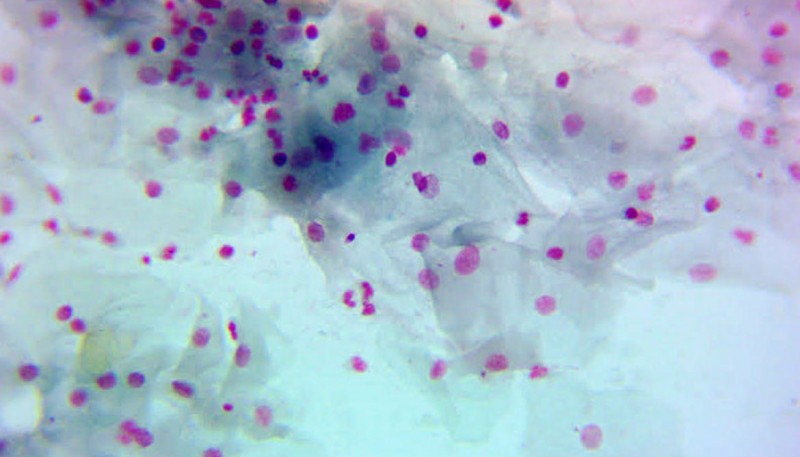
Location of semen stains through Alternate Light Source visualization as well as presumptive and confirmatory testing for the identification of semen is offered at Advanced Serology Laboratory.
Alternate Light Source visualization is used to help locate semen stains on items of clothing, bedding, cushions, and similar. Many biological fluids, including semen, may be invisible to the naked eye, but will fluoresce under specific wavelengths of light. Once a putative stain is located, it can be subjected to further testing as follows:
The Acid Phosphatase presumptive semen test is a quick, sensitive color change test used to detect the presence of acid phosphatase – an enzyme found in semen in very high concentrations. This test can give an indication that semen may be present on an item through the use of either a spot test or an AP mapping procedure (used to test larger areas, for example, the entire interior of a pair of underwear). However, since AP is also found in other body fluids, as well as some other substances like yeasts, fungi, bacteria, and some plants, the test is used as a way to help narrow down the stains that must undergo confirmatory testing.
Even if no sperm cells are present in a stain, it can be identified as being consistent with semen through the use of the Seratec Semiquant PSA test. This test is extremely sensitive and is able to detect the presence of semen diluted up to a million-fold. Although a few false positives have been recorded in the literature, PSA is found in much higher concentrations in semen than in any other body fluid and the Serate Semiquant PSA test is much more specific than the Acid Phosphatase test. The PSA test is most useful for those cases where a suspect has undergone a vasectomy or otherwise does not produce sperm cells.
The gold standard of semen identification is the Microscopic Identification of Spermatozoa. Our analysts use microscopic methods to identify sperm cells and will determine not only the presence of sperm and epithelial cells, but also the relative number of sperm cells and the condition of the sperm cells. This information can be useful in helping to determine approximate time-since-intercourse intervals.
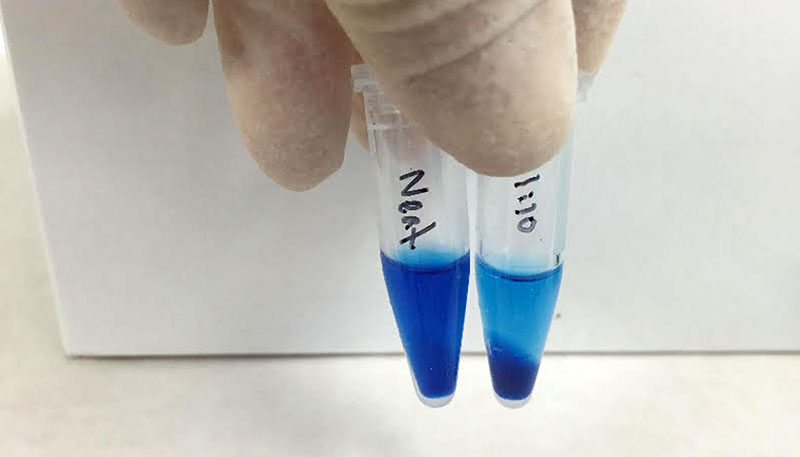
Ryan Forensic is pleased to provide two testing methods that can indicate the presence of saliva. Location of saliva stains can be accomplished through visual, Alternate Light Source, and Amylase Mapping procedures.
The presence or absence of saliva on an evidence item can be of great importance when evaluating whether the statements of the parties involved in a sexual assault case are accurate. For instance, if the victim claims oral intercourse was performed against her will, her underwear and external genital swabs can be examined for the presence of saliva. A recent study found that 100% of volunteers who engaged in oral intercourse saw a transfer of saliva to the female’s underwear (Breathnach and Moore, 2015). Similarly, if a victim alleges they were forced to perform oral intercourse on the perpetrator, transfer of saliva to the penis and the underwear of the perpetrator readily occurs. Although foreign DNA may be detected on the underwear or genital area of a suspect or victim, many public DNA laboratories do not consistently perform saliva testing and the possibility of innocent transfer of foreign DNA to the suspect or victim via secondary transfer can be legitimately raised. However, the detection of saliva on a suspect or victim can lend support to the allegations, just as the absence of saliva can help refute those allegations.
The Phadebas test for the presence of α-amylase is a color-change test that can quickly indicate the possible presence of saliva due to the fact that α-amylase is present in high concentrations in saliva. Since α-amylase can also be present in other body fluids, this test can only indicate the possible presence of saliva. The Phadebas test can be used as a spot test or it can be applied as an overlay in order to test, or amylase map, larger areas of evidence such as the interior of a pair of underwear.
A more specific test for the presence of saliva is the RSID-Saliva immunological test card. This card tests for the presence of human salivary α-amylase and is sensitive to 1 microliter of saliva. A limited number of other substances such as breast milk and fecal material have been known to yield positive results with the RSID-Saliva test. However, a positive phadebas test in combination with a strongly positive RSID-Saliva test can lend greater support to the presence of saliva than a phadebas test alone.
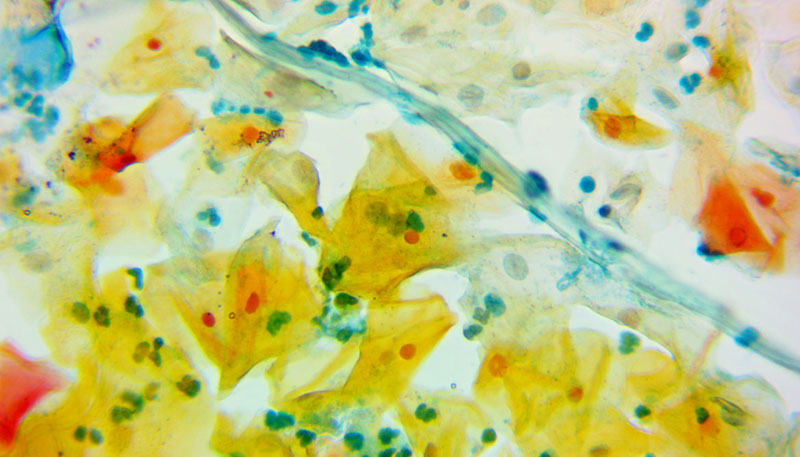
Although no confirmatory test for the presence of vaginal fluid is currently available commercially to forensic laboratories, a presumptive test for the presence of vaginal cells is available. Ryan Forensic is one of the few labs in the country that offers this test.
Testing for the presence of vaginal fluid can be crucial in cases where a female victim has been raped by an object (such as a bottle, broomstick, or similar) or has been digitally penetrated. While the female victim’s DNA profile might be readily obtained from an object or from the fingers of a suspect, without testing for the presence of vaginal fluid, it can easily be argued that the DNA consistent with the victim is due to the presence of another body fluid (such as saliva on a drinking bottle or skin cells on an object like a broom). A positive indication for vaginal cells can help bolster the prosecution’s case, whereas the absence of this material might add support to the defense’s theory that the DNA consistent with the victim on the suspect’s hands is merely due to contact DNA or saliva.
We offer the Lugol’s Iodine test for the presence of glycogenated epithelial cells. These type of cells are commonly found in vaginal fluid. Since glycogenated epithelial cells are also found in the urethral meatus of the penis, penile swabs including a swabbing of this area are not viable samples for analysis. Our analysts follow the water extraction method outlined by Jones and Leon in their 2004 Journal of Forensic Sciences paper wherein the authors found that less than 1% of buccal epithelial cells test Lugol positive allowing for confidence in the elimination of saliva as a body fluid source on an item of evidence.
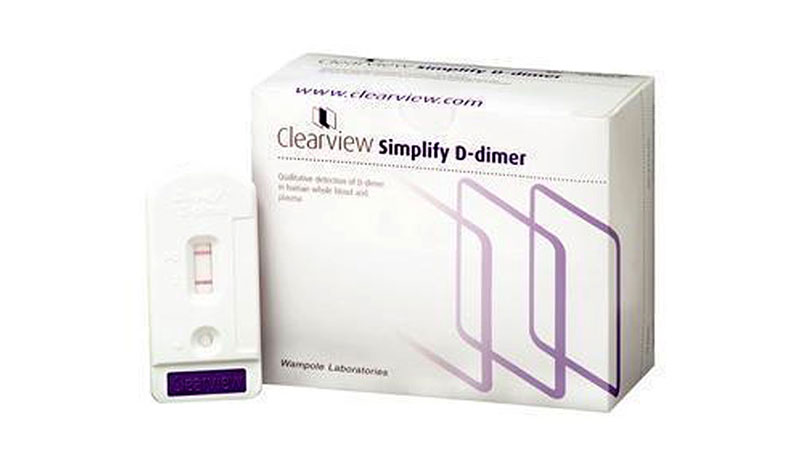
While menstrual fluid will obviously test positive using the blood presumptive and confirmatory tests, these tests cannot distinguish between peripheral blood and menstrual blood. The characterization of menstrual blood can be important in sexual assault cases when it is necessary to differentiate between the presence of blood on the victim’s body or on bedding or clothing which has been caused by an injury and the presence of blood in these areas due to menstruation. In addition, the presence of victim’s blood on a sexual assault suspect’s clothing could be explained away as a nose bleed or other non-significant injury. However, if it can be shown that the blood is actually due to the presence of menstrual fluid, then more intimate contact between the alleged suspect and the victim can be shown to have occurred.
Ryan Forensic utilizes the a D-dimer immunological assay (Seratec PMB) to detect the presence of menstrual fluid. D-dimer is the terminal degradation product of fibrinolysis and menstrual blood has been demonstrated to have a mean concentration of D-dimer 2000 times greater than that of peripheral blood. The methodology we use will not yield a false positive result with peripheral blood mixed with semen, saliva, urine or vaginal secretions.
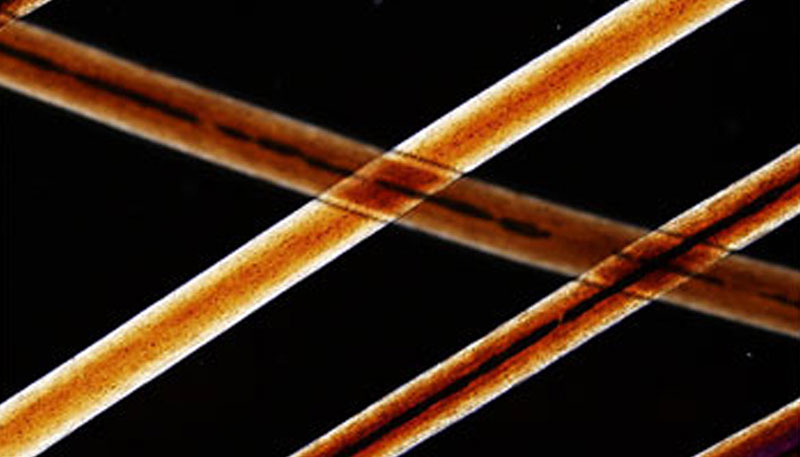
Our analysts can microscopically examine possible hairs and fiber evidence in order to answer the following questions:
- Is the possible hair a hair or a fiber?
- If determined to be a hair, is the hair a human hair or an animal hair?
- If determined to be a human hair, does the hair have a root structure present?
- If the item is a human hair with a root, is the root in a suitable phase of growth where it is likely that nuclear DNA results will be obtained, or will it be necessary to process the hair for mitochondrial DNA analysis?
Testimonials

